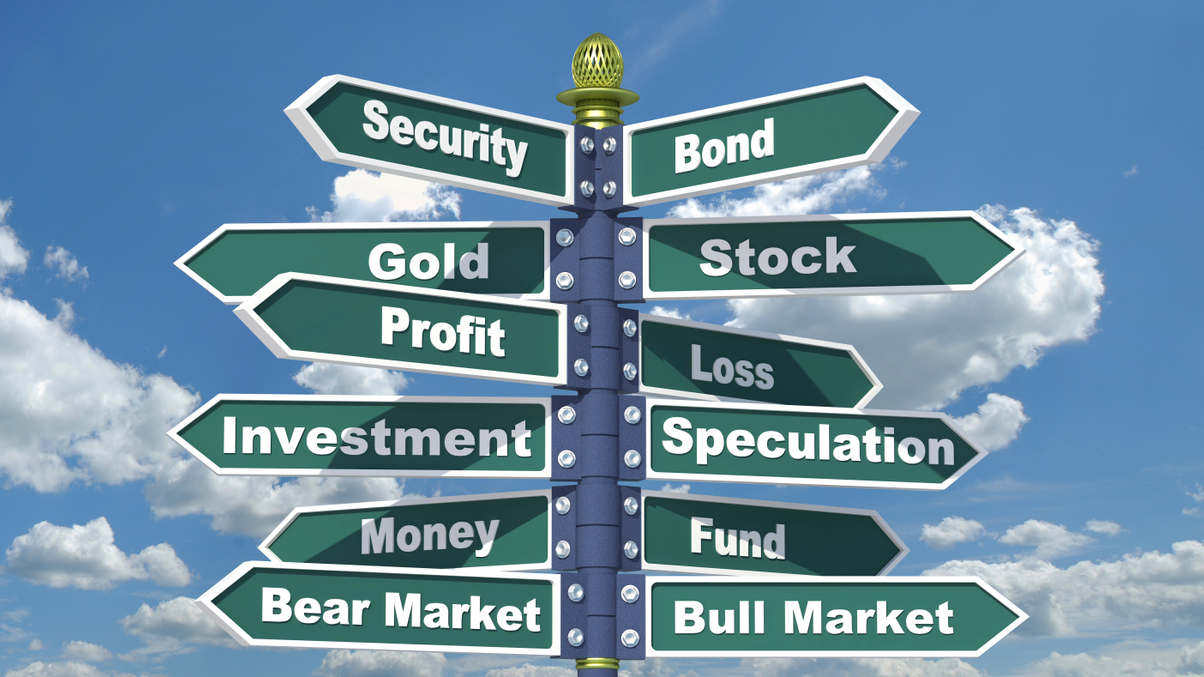Market Views: Two safe-haven assets to protect portfolios
AsianInvestor asks fund managers where asset owners can put their money best – and safest – at work for the remainder of the year.

Without doubt, the turbulence of 2022 is continuing well into 2023.
Sign in to read on!
Registered users get 2 free articles in 30 days.
Subscribers have full unlimited access to AsianInvestor
Not signed up? New users get 2 free articles per month, plus a 7-day unlimited free trial.
¬ Haymarket Media Limited. All rights reserved.


